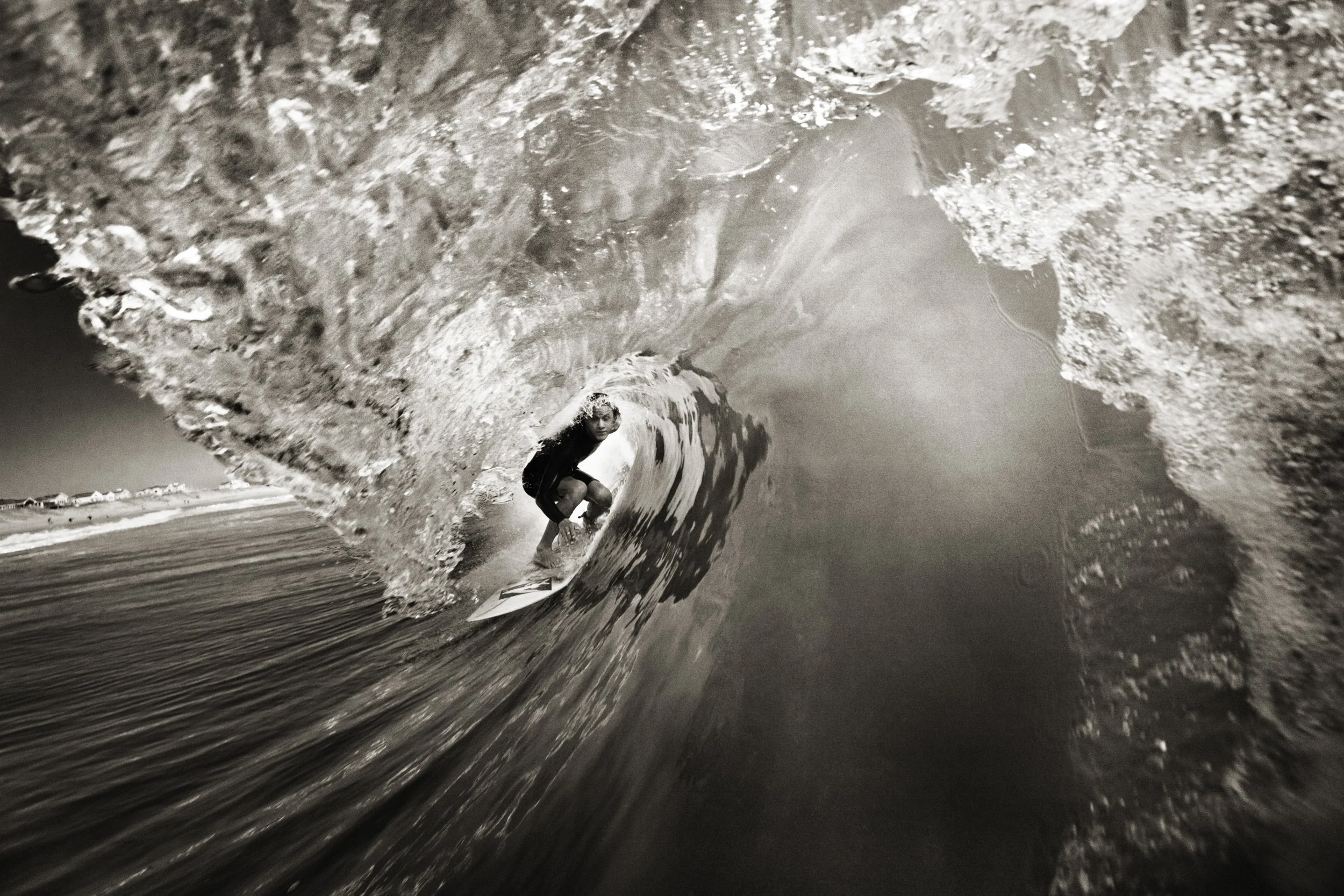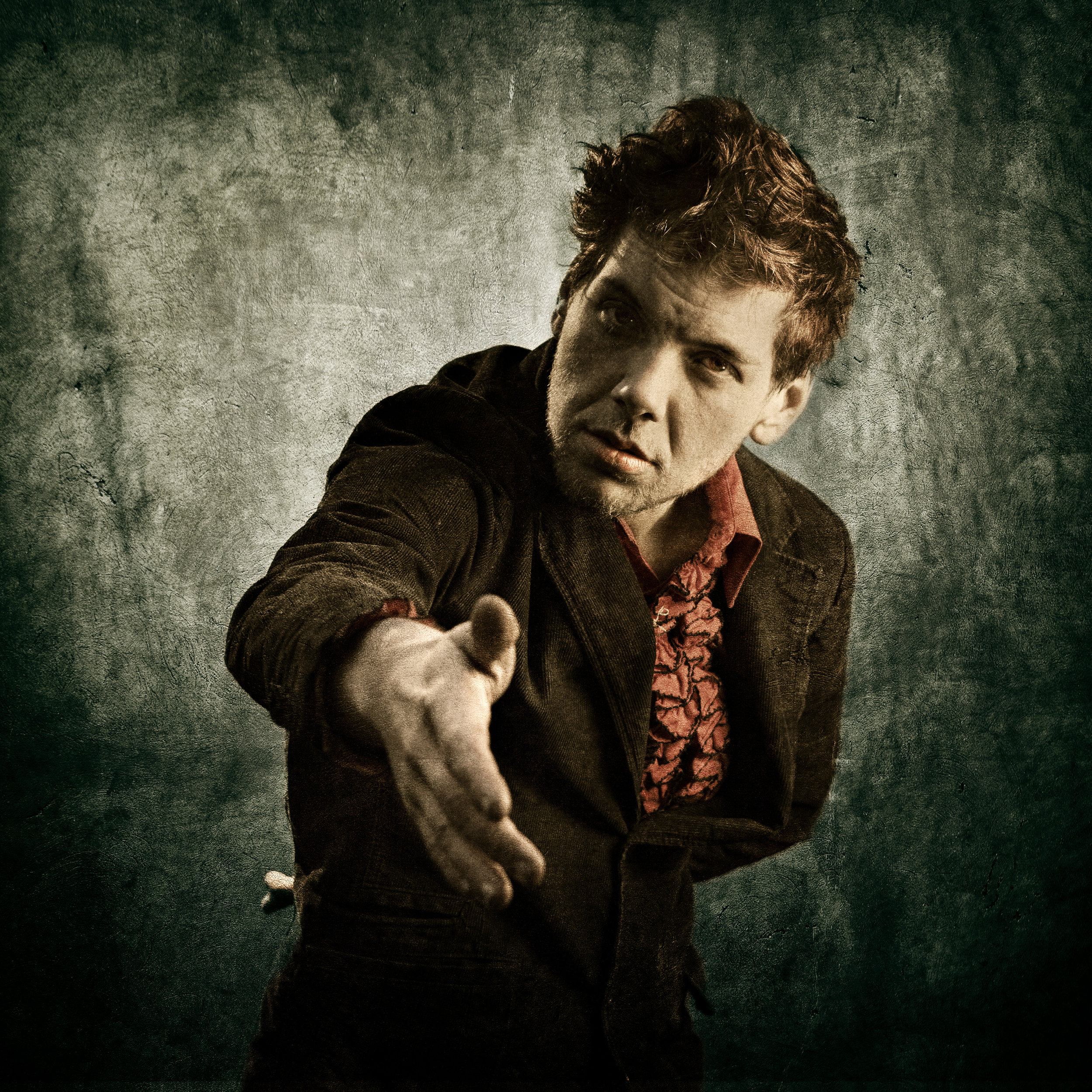TRAD
TRAD: A Celebration of Irish and Scottish Musicians
Come Celebrate the 25th anniversary of the Blue Ridge Irish Music School with an exhibition of photographer Christopher Bickford's portraits of local and world-renowned Irish and Scottish musicians. The show will include 50 large canvases, with an accompanying essay on the worldwide phenomenon of seisiuns, local gatherings of traditional ("trad") Celtic musicians. Live music will be provided by some of the stars of the exhibition.
Opening reception Friday January 31
V Earl Dickinson Theater — 501 College Drive — Charlottesville, VA
5 PM
It’s a cold, rainy Tuesday night in January. Most people in their right minds are at home, curled up next to the space heater and bingeing on Netflix, saving their energy for the rest of the work week. But at Dürty Nelly’s pub, a sticky-floor hole-in-the-wall bar with a roaring fire, located in an obscure corner of a university town, people keep crowding in, shaking off their raincoats, unpacking instruments, and gathering around in a messy circular formation that keeps growing and growing as more musicians arrive. They are here for the “craic", as they say, which is an Irish term that means something like “fun”, but which more specifically refers to good music, good conversation, good drink, good laughs, and good friends.
They call such a gathering a “session”, which in Irish is spelled “seisiun”. And the music they are playing is mostly Irish, with a little bit of Scottish and Cape Breton thrown into the mix. And this session is one of thousands that happen on a regular basis all around the world, from Toronto to Brisbane to Galway to Lisbon to Kuala Lumpur. It is arguably the most thriving folk music phenomenon in the world. It goes by many names, but in Ireland it is often referred to, by both those who love it and those who hate it, as “trad”.
When a piece of music is so old that no one knows who composed it, it is considered “traditional”, and on sheet music the attribution for such a tune will often be abbreviated to “trad.” Most of the tunes played by Irish and Scottish folk musicians are of unknown origin, and thus the term “trad” has come to define a certain kind of sound, a certain culture of musicians.
They play instruments like the fiddle, the flute, the concertina, the tenor banjo, the accordion, the tin whistle, the bouzouki, the bodhran, and various kinds of bagpipes. They gather in pubs, sometimes weekly, sometimes monthly, sometimes every night of the week, and play tunes.
“Tunes” in trad-speak refers to instrumental pieces of music (as opposed to songs), mostly jigs, which are bouncy dances in 6/8 time; and reels, which are driving dances in 4/4 time. If the group gets bored with jigs and reels (which rarely happens), or there are some students in the mix, they may start playing other kinds of tunes, like hornpipes, polkas, strathspeys, waltzes, barn dances, marches, or slow airs. Each of these types of tunes has a different feel: airs are wistful and haunting, hornpipes are jaunty and jolly, polkas are great for jumping up and down to, and waltzes, well, you know what a waltz is.
In any given evening, 50 or 60 tunes or more may get played. At the next session, there will be 50 or 60 more tunes played, most of them completely different. A good trad musician will know a few hundred tunes; a great trad musician will know over a thousand. No one knows how many tunes there are in the world. Old ones keep getting discovered and new ones keep getting composed.
Generally, tunes will be played in a set, where three or four tunes are strung together to form a medley. At a session, someone may start with a tune, then once that tune goes around two or three times, someone else will start in with a new tune, often signaling the rest of the players with a “hup!” a bar or two beforehand. At the end of a set, patrons will cheer, musicians will refuel with drink, and laughter will abound.
Conversation between sets often revolves around the music, with the inevitable “What was the name of that last one?” being thrown out there, along with references to recordings where someone learned the tune, other tunes that get played alongside a certain tune, and sometimes a “Jeez, I haven’t played that one in years...”
Some people know the names to all the tunes they play. Some people know all the tunes, but none of the names. They will communicate with their instrument: “D’you know the one that starts like this?”
Sometime around 9 PM at Dürty Nelly’s, a young woman stands up to sing a song. Within seconds, the raucous bar jammed with 50 or so people laughing and drinking falls pin-drop silent. The woman sings a capella or “sean-nos” (which means “old style” in Irish). Tonight the song she sings is in Irish Gaelic. The tune is achingly melancholic. She sings slowly and with great feeling, embellishing certain notes with vocal ornamentation. Since it’s in a foreign language no one knows what the song is about, but there’s a good chance someone dies at the end of it. The singer finishes and the room remains hushed for a brief moment, then erupts into applause and hoots and hollers. Then it’s back to the tunes.
Trad music is dance music, so there’s no surprise that the occasional patron will take to whatever floor space is available and dance a spontaneous jig when the music is really crackling. More serious dancers may show up with small wooden platforms and hard-soled dancing shoes and pound out fierce rhythms with their feet to spur the players on.
As the evening wears on, the session starts to thin out, as the old folks and the students pack up their instruments and head out into the cold. Gradually the remaining players reposition themselves to get closer to one another, and the music gets more focused, more nuanced, tighter. This is the best part of the night. They will play as long as they are allowed, which is generally up to the bartender. If she’s got an early morning, she may enforce the 10:30 curfew. If not, things may go a little longer.
In Scotland and Ireland, sessions regularly go into the wee hours; a good session may even last until dawn. To get around mandated closing times, the publican may lock the doors and “close” the bar, but those locked inside will continue to generate craic until they run out of steam. If the session is rocking but the bar has to close for real, the musicians may move to someone’s house nearby, and crank things up all over again.
Trad, however, is more than just sessions. For many, it’s a way of life. There are festivals, concerts, summer gatherings in the mountains that go all night long, artists who record and tour and make a living playing traditional music, and many, many folk music lovers who just want to listen, whether it’s to recorded music in the car or at home, to a session at the local pub, or to a concert in an old church or a huge amphitheater. There are also ceilidhs (pronounced KAY-lees), where people gather to perform the set-dances that the music was originally created for, with live music provided by a ceilidh band. In Ireland especially, ceilidhs are major social events, and many a romance through the centuries has begun with the locking of arms and the spinning of bodies on a warm summer evening. And to give credit where credit is due, there are many contemporary trad musicians who compose their own tunes, so that the tradition continues to grow and breathe new life. These tunes get shared from musician to musician or by way of recordings until they, too, become part of the trad canon.
What is it about trad that people love so much? What is it about these ancient musical traditions, passed down through the generations in Scotland, Ireland, and other Celtic outposts, that people all around the world find so enchanting, so entertaining, so addictive? You could ask many different people and get many different answers. It’s got infectious rhythm. The melodies are so catchy. For some, it’s even spiritual. But once you get hooked on the music, there is something else that keeps you in, and that is the community. Unlike, say, classical music or even pop music, the boundary between performers and audiences is very porous in trad music. It’s easy enough to pick up a tin whistle and learn a few tunes and join in, or go to a dance and become part of the event. And even the greatest trad musicians of their time can be found popping in to their local session, or having a long post-gig chat with a fan about the origins of a certain tune or the variations of verses attributed to some ancient song. In a region where the tradition is strong, children will grow up playing music and learning the dances, making friends with other children who play, and thus the next generation of musicians is born. Some cities and towns in America have schools dedicated to teaching Irish and Scottish music and dance, and in the Home Countries, there are even universities where one can major in traditional music.
The musicians in this portrait series form a microcosm of the worldwide community of trad players. Many of them are regulars at the Dürty Nelly’s session in Charlottesville, Virginia, which is led by members of the Blue Ridge Irish Music School. Some of them grew up in the school, which celebrates its 25th anniversary this year. Others are local musicians who also contribute to the scene by playing in bands or holding other sessions in the area. Some of them are internationally-known performers who come through town on a regular basis, to perform concerts also sponsored by BRIMS. The Charlottesville area bats above its weight in terms of Irish music; for a small town, it has quite a large and active population of players and fans of the music. But trad musicians are everywhere. If you’ve just moved to a town and want to find other players to jam with, chances are there is a session or at least a regular house party, and they will welcome you with open arms. Unless you play the spoons, but that’s a matter for another time.
Why a series of studio portraits and not photographs of a session? Well, in all honesty, a session is not much to look at. It’s just a bunch of people crowded around in a circle looking down at their instruments, often in bad light, sometimes with a TV overhead showing a football game. It’s the music that animates the scene. But individually, these artists reveal their unique characters, hinting at the contributions they make to the greater whole, by way of a glint in the eyes, or by the seriousness with which they hold their instrument, or by a laugh that can almost be heard coming off of the canvas. To me they are all stars, and that is how I chose to portray them.
Trad is like a river. Players come and go, but the music continues on. It has for centuries, and will no doubt continue for centuries more. But it wouldn’t be so without the enthusiasm and dedication of the individural musicians who keep the tradition going. This photo series is for all of them.




























































